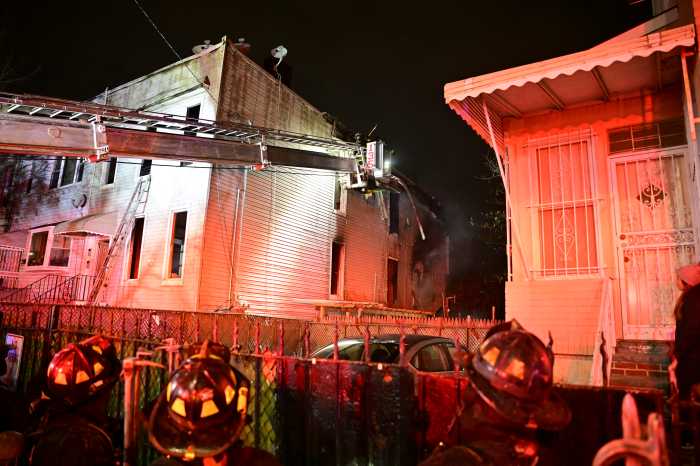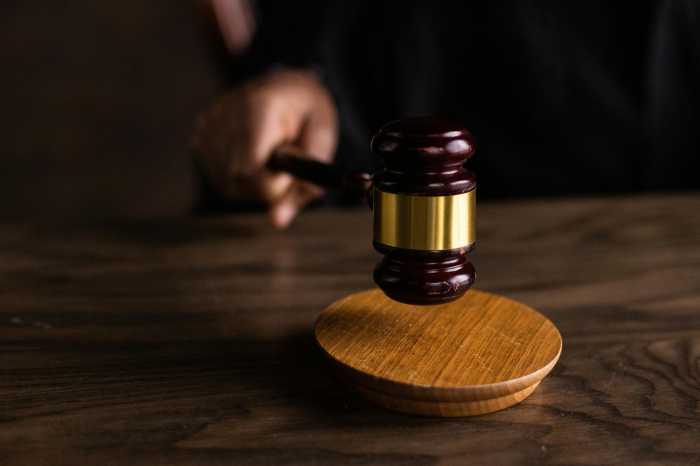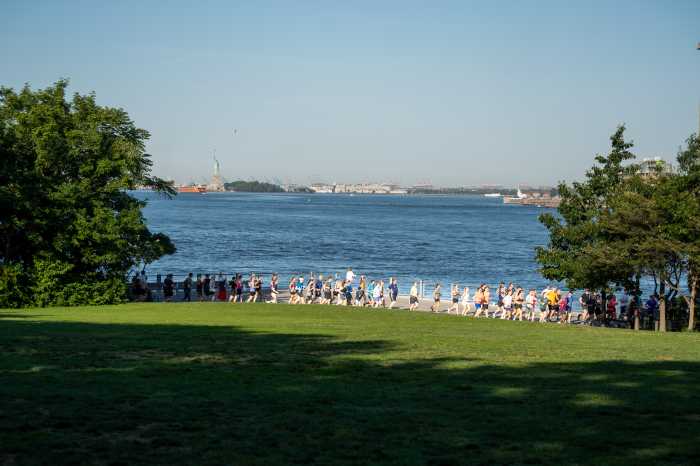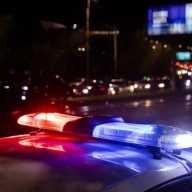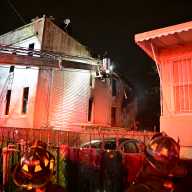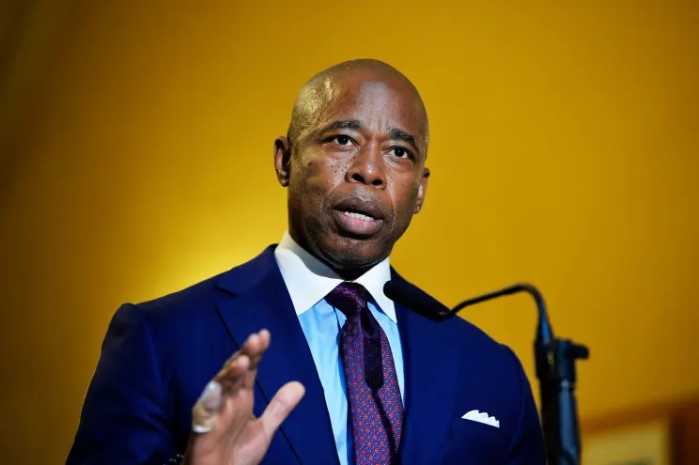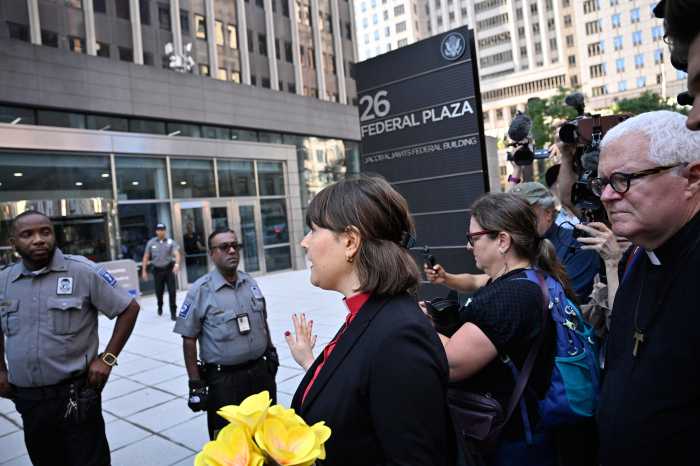In the beginning, there was 212. Then 212 begat 718. Then 212 and 718 begat 917, 347 and 646. And soon, three new digits will arrive.
Yes, another area code is coming to Brooklyn.
Not coming any time soon, mind you, but the Federal Communications Commission has announced that that in two years, a new “area” code will be “overlaid” onto Brooklyn to supplement the existing 718 and 347 codes.
Though created in 1984, 718 is already depleted of available phone numbers, while the 10-year-old 347 area code is three-quarters done. It’ll be completely tapped out within two years unless a new prefix is established, the FCC said.
“There are so many gadgets and things, broadband, fax, all that stuff goes through the phone lines,” said Anne Dalton of the New York State Public Service Commission, which coordinates communications between the FCC, telephone companies and consumers. “There’s no way to keep up.”
There is no word as of yet what the new area code will be.
The area code system was initiated in 1947 as more people bought phones, and businesses began using multiple lines. The 212 area code was assigned to New York because it was the easiest to dial on a rotary phone, a device popular in the early days of telephony.
Neither 0 nor 1 is allowed to lead off either an area code or the second set of numbers, aka the “central office code,” because 0 denotes an international call and 1 a long-distance call. Moreover, the second and third digits of an area code cannot be the same number.
As a result, only 792 of the possible 1,000 permutations of the area code and central office code can be used, restricting the amount of phone numbers that can be assigned.
Area codes may only be numbers, but they are not without controversy.
The creation of 718 led to a stigmatization of people exiled from 212, though the code was later reclaimed by rappers Mos Def, 2 Skinnee J and Ghostface Killa. Originally assigned only to wireless devices, 917 was opened to other numbers after cellphone companies argued that the code was anti-competitive.
The New York State Public Service Commission is soliciting comments from industry and concerned parties about the plan. To comment, go to www3.dps.state.ny.us/pscweb/WebsiteForms.nsf/PSC_Comment_Form?OpenForm.




